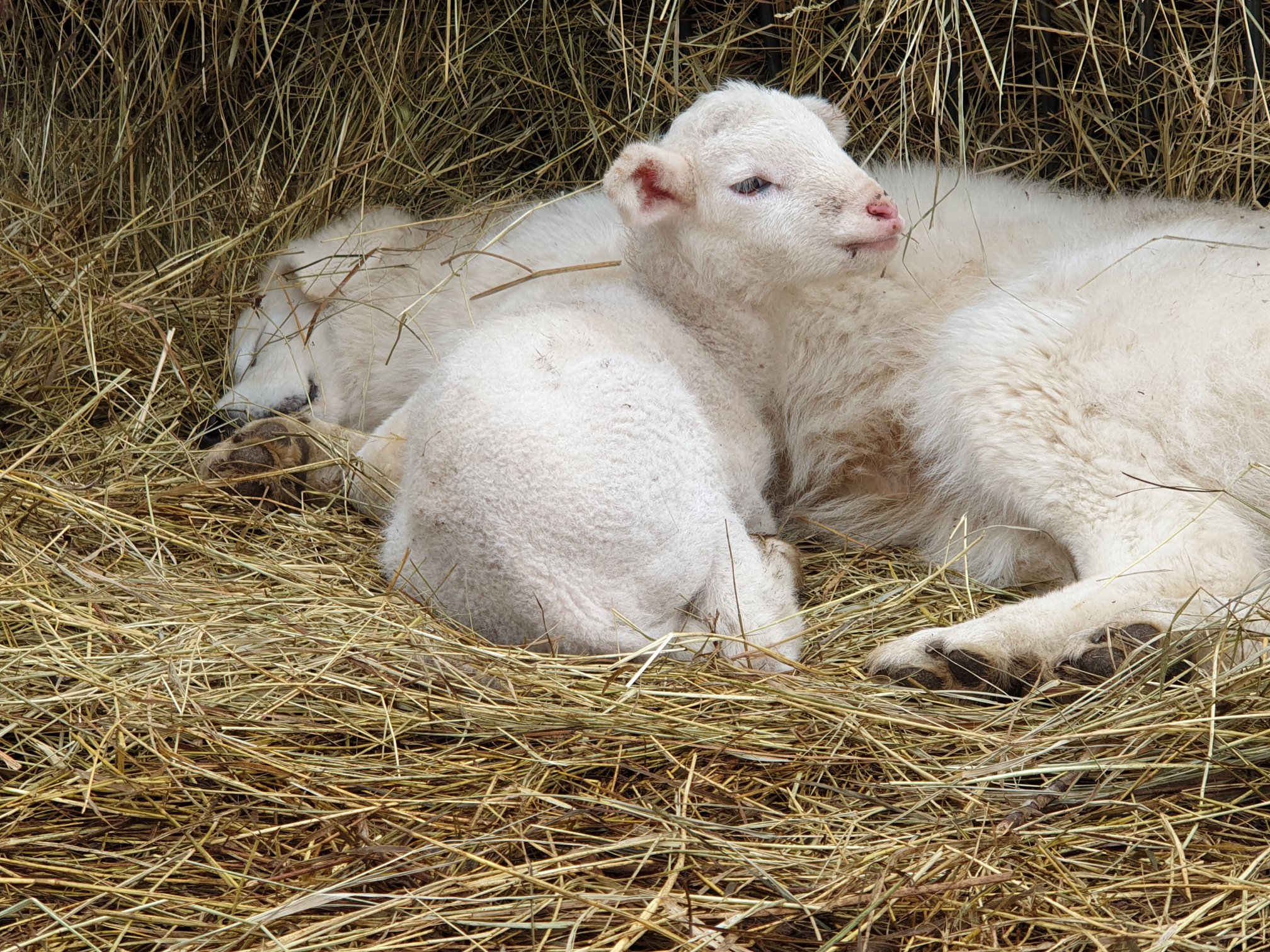The White Sheep Dog has always found its maximum expression and its greatest diffusion in the Abruzzo sheep farm which, due to its size and the presence of the wolf in the area, necessarily had to have numerous working dogs. Thanks to the pastoral tradition of this land, the dog has kept its functional and morphological characteristics intact until today.
The sheep dog must be endowed with a great attachment to the flock, which is never left unattended, an absolute absence of predatory instinct towards the sheep and a strong sense of protection towards them, combined with a great courage that it even leads to face the wolf.
In the fight against this fearsome predator, the competitive advantage of the Maremma-Abruzzese Sheepdog lies in group action.
Two or three sheep dogs can effectively oppose the assaults of the wolf.
The dog often remains alone in the pasture with the sheep and therefore must rely only on himself, on his strong capacity for initiative and on his extraordinary character balance that allows him to evaluate if and when to attack in the face of a danger, without ever attacking. in a reckless way limiting itself, in fact, except in exceptional cases, to a merely dissuasive action.
Since he must always defend the flock, the Maremma-Abruzzese Sheepdog must be wary of anything that can represent a danger to the sheep and having to live outdoors both in the harsh winter and in the summer heat, its constitution must be very robust and resistant.
The true nature of the breed is understood and appreciated only when one observes the dog at work with the flock in the large mountain pastures, with the long white coat ruffled by the wind, the proud look, the slow gait and the apparently detached attitude. the ears often cut off and the Vreccale, a typical iron collar bristling with spikes, which protects it from the wolf’s bite.
Dogs always work in packs and are generally related to each other.
There is an iron hierarchy in the pack. There are dogs of all ages, from puppies to females, from young dogs to the dominant adult male who over the years will be ousted by a younger, stronger dog.
In the pastoral world, the dog’s diet is linked solely to the processing of milk, because it is the whey that remains after cheese and ricotta cheese, together with bran or semolina, the basic meal for the dog.
Its cost of maintenance is thus practically nil, which explains the presence of many individuals in a single flock.
The liquid diet is sometimes supplemented with dry bread and periodically enriched with the placentas of the sheep at the time of delivery.

